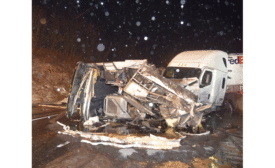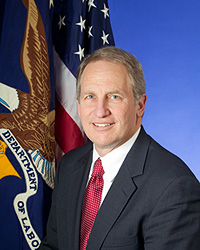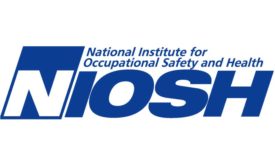Home » Keywords: » trucking industry
Items Tagged with 'trucking industry'
ARTICLES
A Confined Space blog post
Dispatches from the front lines of the battle for workplace safety: Short stuff
August 16, 2018
From the NIOSH Director's Desk
How do you talk about workplace motor vehicle safety?
November 6, 2017
Get our new eMagazine delivered to your inbox every month.
Stay in the know on the latest safety trends.
SUBSCRIBE TODAYCopyright ©2024. All Rights Reserved BNP Media.
Design, CMS, Hosting & Web Development :: ePublishing







